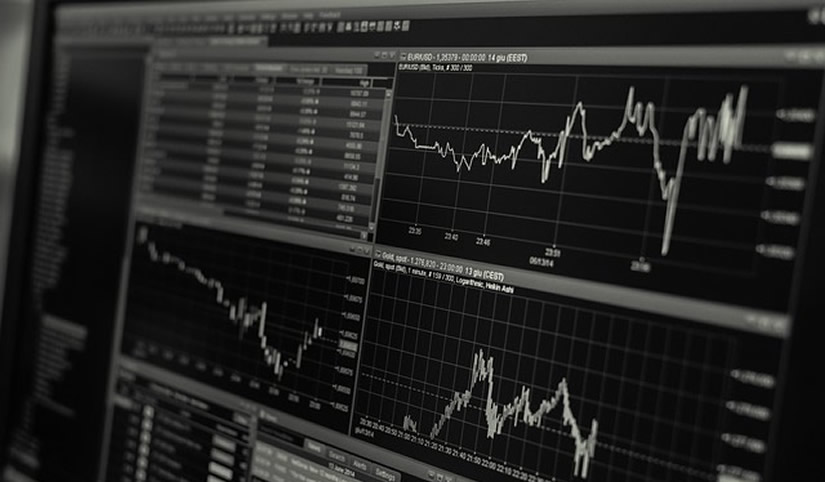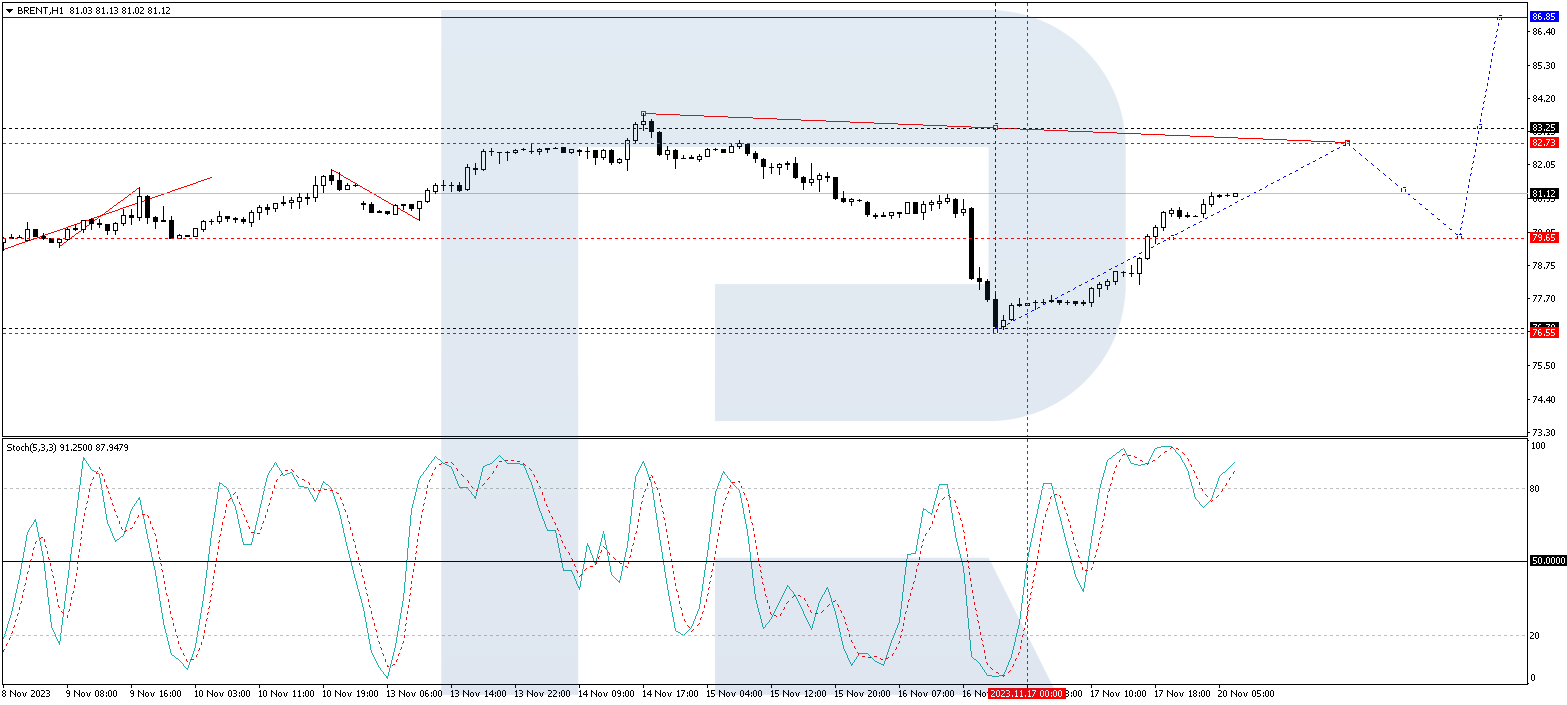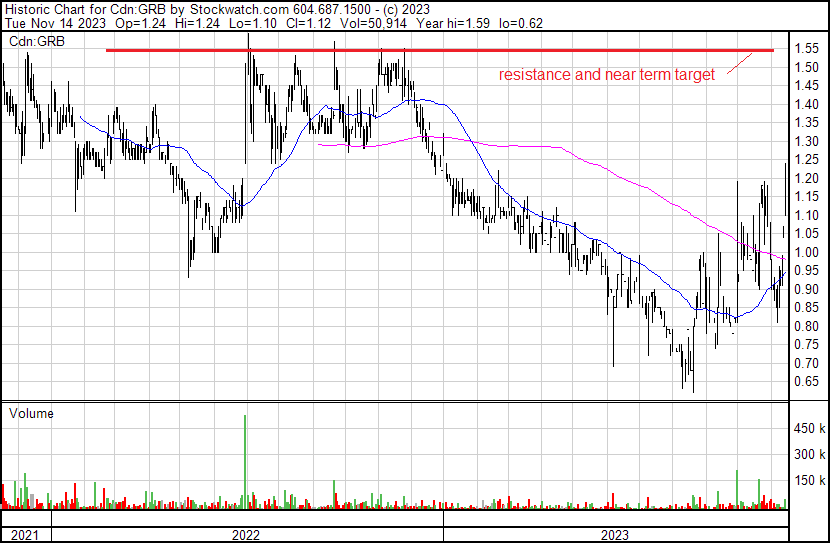By Jason W. Osborne, Miami University
Three out of four college students have gambled in the past year, whether legally or illegally, according to the National Council on Problem Gambling.
An estimated 2% to 3% of U.S. adults have a gambling problem. The portion of college students with a problem, however, is potentially twice that number – up to 6%.
As an educational psychologist who follows gambling in America, I foresee the potential for gambling on campus to become an even bigger problem. Sports betting continues to expand, including on college campuses, since a 2018 Supreme Court ruling allowing states to make it legal.
As a faculty fellow at an institute that promotes responsible gaming, I know that colleges can take steps to curtail problem gambling among students. It is all the more urgent given that adolescents in general, including college students, are often uniquely susceptible to gambling problems, both because of their exposure to video games – which often have hallmarks of gambling behavior – and the stress and anxiety of college life, which can lead to using gambling as a coping strategy.
The spread of legal sports betting
As of November 2023, sports betting is legal in some form in 38 states and Washington, D.C. Further, 26 states allow sports betting online. Bills have been introduced – and some recently passed – in more states. These states include Vermont, Missouri and North Carolina. Thanks to technology, sports betting is now accessible beyond casinos. Anyone can access it online and on their smartphone.
More than US$268 billion has been gambled legally on sports betting between June 2018 and November 2023. Revenue in all U.S. gaming sectors has increased significantly, with sports betting growing the fastest, at an estimated 75% annually. It has generated about $3.9 billion in tax revenue to date.
Sports betting is also becoming more accessible on college campuses. A New York Times investigation found that sports betting companies and universities have essentially “Caesarized” college life. That is to say, they’ve made campuses resemble elements of the world famous casinos by introducing online gambling to students.
These profits have driven increased advertising. Some estimate that total advertising through all media channels could approach $3 billion annually. This includes social media platforms like TikTok, where young adults are more likely to see ads for gambling. A study in the United Kingdom found that 72% of 18- to 24-year-olds have seen gambling ads through social media.
While advertisers reportedly focus on young adults of legal age, research suggests that children under 18 are also being exposed to advertising related to gambling. The intensity of advertising activity on social media has raised concerns and brought scrutiny. Earlier this year, for example, prosecutors in the Massachusetts attorney general’s office expressed concern that sports betting and other gambling might spread quickly through college campuses as a result of advertising.
Why college students are at greater risk of gambling addiction
Gambling addiction affects people from all backgrounds and across all ages, but it is an even bigger threat to college students. Adolescents of college age are uniquely likely to engage in impulsive or risky behaviors because of a variety of developmental factors, leaving them more susceptible to take bigger risks and experience adverse consequences.
It’s no secret that drinking alcohol is prevalent on college campuses, and this can increase the likelihood of other risk-taking behaviors such as gambling. Like other addictive behaviors, gambling can stimulate the reward centers of the brain, which makes it more difficult to stop even if someone is building up losses.
What colleges and universities can do to help
If you’re worried a student in your life might have a gambling problem, the Mayo Clinic describes signs to look for. These include restlessness or irritability when attempting to stop or reduce gambling, gambling more when feeling distressed, and lying to hide gambling or financial losses from it. Gamblers Anonymous provides a 20-question, self-diagnostic questionnaire to help people identify problems or compulsive gambling.
For more resources, organizations like the Gateway Foundation offer information and support to help someone with a gambling problem. Immediate help is available at the national problem gambling helpline, 1-800-GAMBLER. The National Council on Problem Gaming has lists of resources within each state that can provide more local support and assistance.
At the Miami University Institute for Responsible Gaming, Lottery and Sport, my colleagues and I are working to ensure that the recent dramatic expansion of legalized gaming is matched by effective guidance for policymakers and leaders within higher education. Many institutions, like the University of Oregon, have begun to acknowledge that widespread legalized sports betting and gambling can affect their students. A comprehensive and coordinated approach is required to protect them from harm.
There are resources available to help institutions, such as the “get set before you bet” initiative adopted by the University of Colorado, Boulder and others. This gives students practical tips to follow if they are going to gamble, such as setting time and money limits before they start.
Colleges and universities could do even more. According to the International Center for Responsible Gaming, institutions can address gambling risks to students by:
- Ensuring there are clear policies on gambling and making sure they align with alcohol policies. United Educators provides examples of how institutions can create effective policies and support student wellness, like Arizona State’s policy. Theirs prohibits legal and illegal gambling at any event related to ASU and reinforces that alcohol possession, consumption or inebriation is illegal for all students under 21.
- Promoting awareness of addiction as a mental health disorder and making resources for getting help available to students.
- Ensuring those who work in campus counseling and health services are familiar with gambling addiction and prepared to support students struggling with addiction or problem behavior. Providers should also be aware that multiple addictions can be present, enhancing the challenges to management and recovery.
- Surveying student attitudes toward gambling to track changes in attitudes, behaviors and norms.
With various sports championships, including in baseball, football and college basketball, taking place throughout the academic year, there’s no shortage of occasions for universities to check in with students about sports betting on campus. Gambling addiction is treatable, but preventing it from the start is the best solution.![]()
About the Author:
Jason W. Osborne, Professor of Statistics, Miami University
This article is republished from The Conversation under a Creative Commons license. Read the original article.




 Article by
Article by 









 ‘
‘